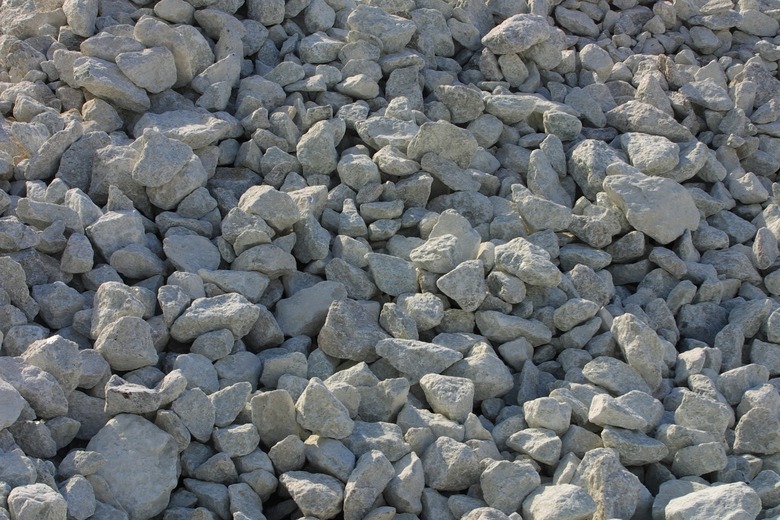How To Make A Leach Field
Things Needed
-
Straw
-
Gravel
-
Shovel
-
Rope or twine
-
Perforated pipe
-
Spray paint
-
Grass seed or sod
Tip
Check with your county to see whether your leach field plan needs to pass inspection. You may also need to pull a permit to put in a new leach field.
A leach field is an important part of a septic system. It disperses fluid from the septic system over a large area of soil adjacent to the building it services. Bacteria breaks down waste as fluid moves through the system, so water supplies and aquifers do not become contaminated by sewage. Building your own leach field is physically difficult, but it can save you lots of money.
Step 1
Locate your septic tank and uncover the distribution box. The distribution box is attached to the septic tank by a 4-inch-wide pipe. The distribution box has another pipe that leads to the leach field. From this pipe, you will dig the trenches.
Step 2
Decide where to dig your trenches. You will need to dig three trenches, each about 12 inches wide and 20 feet long. The trenches need to run parallel to one another, and they should steer clear of driveways, fences and other property boundaries. You don't want your trenches to be near structures, because the ground will be softer and wetter in the trenches, which can cause collapse of concrete or buildings above ground. Also, don't plant trees in the area surrounding your leach field, because tree roots can seriously disrupt the pipes.
Step 3
Clearly mark the trenches with spray paint. To make sure the trenches are straight, stretch a rope or long piece of twine straight out. Tie the twine to stakes to serve as a guide as you spray paint the area to be dug.
Step 4
Dig the trenches. They should be about 12 inches deep and as even as possible along the bottom. Connect the trenches at the ends to make a long "S." Once you have them evened out, line the bottoms with 2 inches of gravel. The gravel acts as a sieve and helps with drainage.
Step 5
Lay straight perforated pipes in the trenches. You will need L-shaped connectors to fit through the curves at the ends of the straightaways. Connect the pipes together, and then cover the pipes with gravel to about 2 inches from ground level.
Step 6
Cover the trenches with a layer of straw. The straw shouldn't take up more than an inch of space. Cover the straw with a layer of topsoil. Don't worry if the trenches seem to bulge above ground a bit. A year or so of normal weathering will cause the ground to compress and even out with the rest of the yard.
Step 7
Plant grass over the top of the leach field. You will probably find that the grass over your leach field grows better than the grass in the rest of the yard. Remember to avoid planting trees too closely to the leach field because of root invasion.
